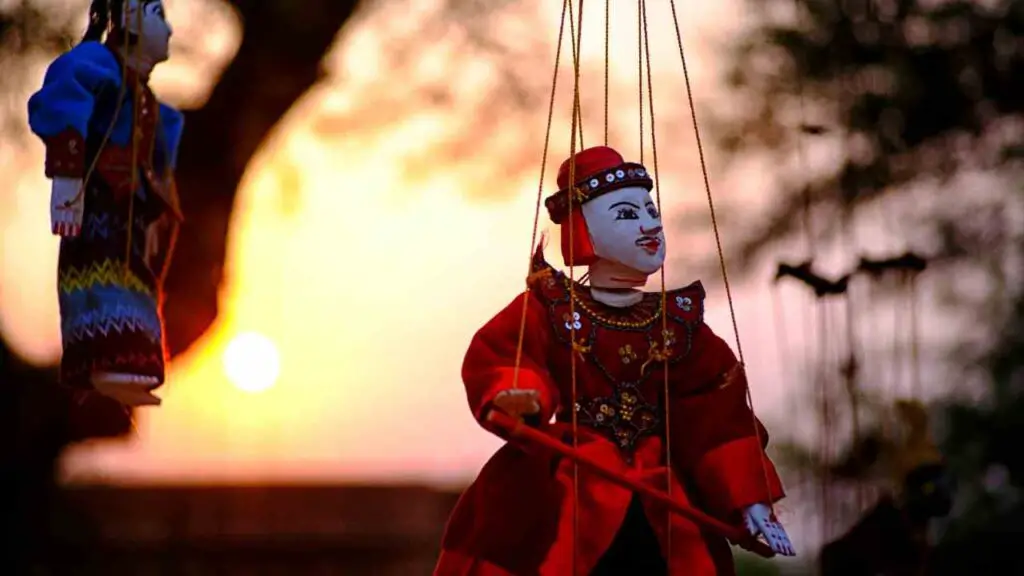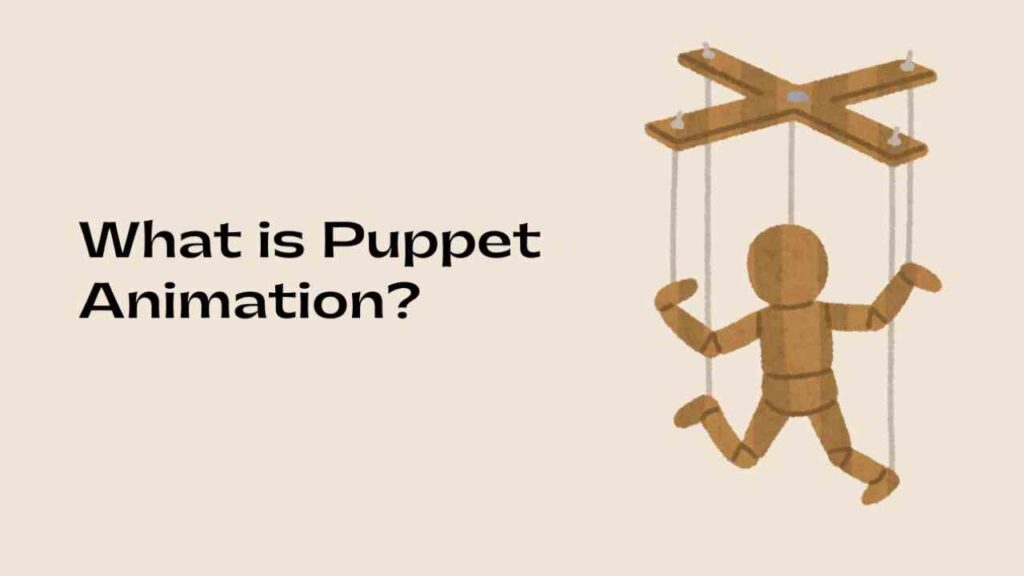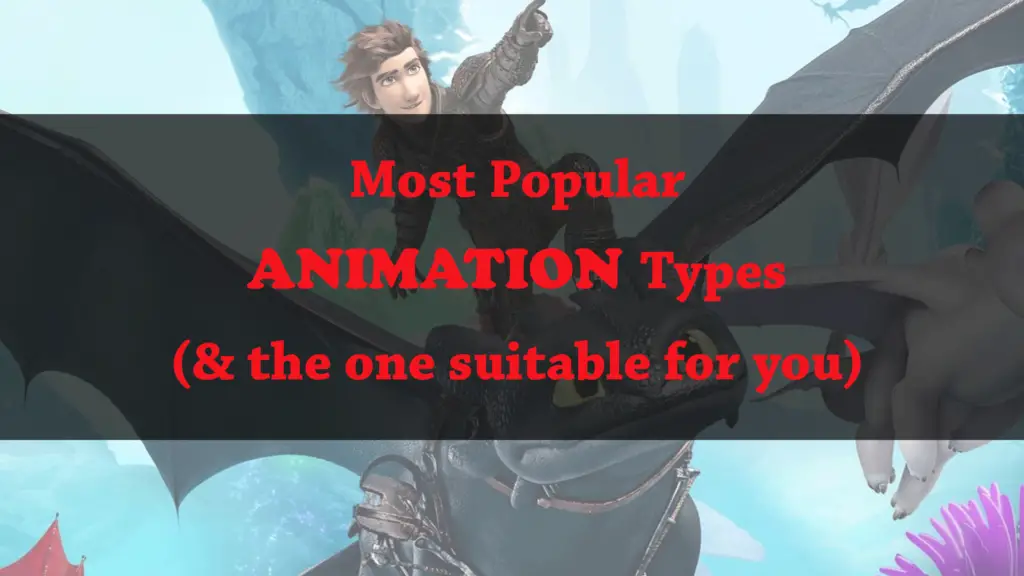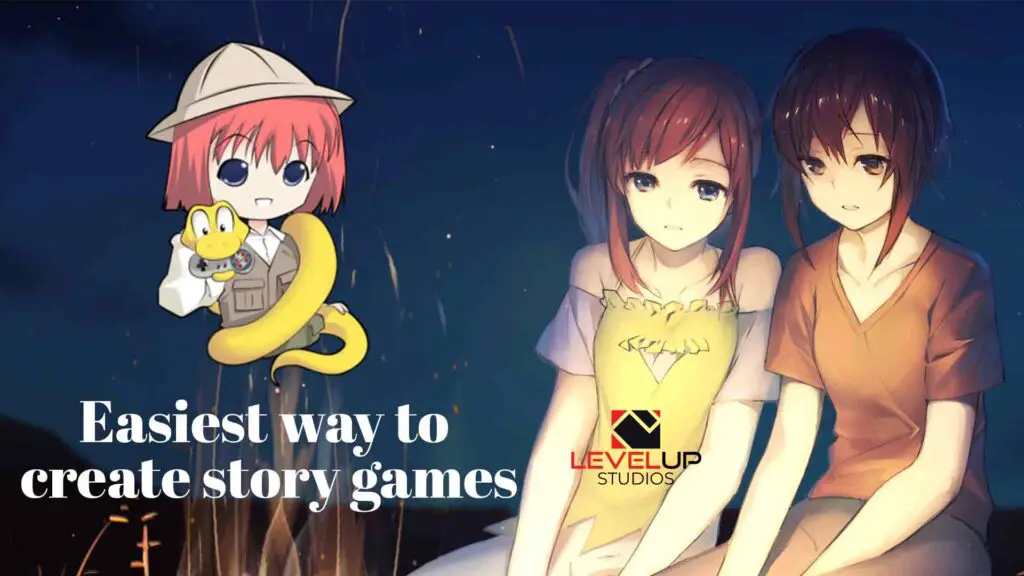THIS ARTICLE MAY CONTAIN AFFILIATE MARKETING LINKS! IN CASE YOU MAKE A PURCHASE THROUGH ONE OF THE LINKS, WE'LL GET A SMALL COMMISSION. WITH NO EXTRA CHARGES TO YOU. THANKS!!
What is Puppet Animation? if you ever pondered over this question then continue reading as we discuss about puppet animation in this article. In the enchanting realm of animation, puppetry stands as a timeless bridge between ancient storytelling traditions and modern cinematic techniques. Puppet animation, a meticulous art form where inanimate figures are brought to life frame by meticulous frame, captures the imagination in a way that transcends the boundaries of age and culture. This article delves into the intricate world of puppet animation, exploring its history, evolution, and the spellbinding magic it weaves on the silver screen.
What is Puppet Animation?
Puppet animation is a captivating art form that merges the tactile charm of puppetry with the visual storytelling of cinema. It involves the manipulation of meticulously crafted puppets, each a character in its own right, set against miniature stages to create a narrative as rich and diverse as any live-action film. These puppets, often made from materials like clay, fabric, or even carved wood, are animated through the painstaking process of stop-motion, where each subtle movement is captured frame by frame. The result is a seamless illusion of motion that brings these inanimate figures to life.
This technique has a storied history, tracing back to the early 20th century with pioneers like Russian ballet choreographer Aleksandr Shiryaev, who created the first puppet animation film in 1906. Over the years, puppet animation has evolved, embracing new technologies and storytelling techniques, yet it remains rooted in the fundamental principle of breathing life into the lifeless, creating worlds that are at once fantastical and eerily lifelike. It’s a labor of love that requires patience, precision, and a deep understanding of both sculpture and movement, culminating in a cinematic experience that is uniquely enchanting.
A Quick History of Puppet Animation
The history of puppet animation is a fascinating tapestry woven from the threads of creativity, innovation, and the human desire to tell stories through the manipulation of inanimate objects. It traces its origins to the early 20th century, with the Russian ballet choreographer Aleksandr Shiryaev creating what is considered the first puppet animation film in 1906. His pioneering work involved animating papier-mâché figures to perform ballet steps against a backdrop of theatrical decorations. This meticulous process laid the groundwork for future animators to explore and expand the medium.
In 1912, another milestone was achieved by Stanislav Staryevich, who produced “The Beautiful Leukanida,” a narrative-based film portraying a battle of insects using dead beetles, dragonflies, and grasshoppers as the ‘actors’. The genre continued to evolve with Aleksandr Ptushko’s “The New Gulliver” in 1935, which required over 1,500 handmade puppets and blended animation with live-action filming. This period saw a surge in experimentation and the establishment of puppet animation as a legitimate cinematic form.
The subsequent decades witnessed puppet animation branching into various genres, from comedy to horror, and being embraced by different cultures around the world. The technique has been used to create some of the most memorable works in cinema, such as the “Thunderbirds” series and “The Dark Crystal.” The evolution of puppet animation is a testament to the enduring appeal of storytelling through the artful manipulation of puppets, a tradition that continues to enchant audiences to this day.
Modern Puppet Animation
The impact of technology on puppet animation has been transformative, propelling an age-old art form into the future with stunning advancements. The advent of digital tools and computer-aided design has revolutionized the way puppet animators sculpt, rig, and animate their creations. High-resolution 3D printing allows for the production of intricate, interchangeable parts for puppets, enabling more nuanced expressions and movements. Motion capture technology has also been integrated, capturing the subtle nuances of human actors and translating them into puppet performances, resulting in animations that are more lifelike and emotionally resonant.
Furthermore, the use of surface gauges has greatly improved the quality of puppet animation by allowing animators to mark the distance between points on the puppet as they move, enhancing the fluidity of motion onscreen. Innovations such as stereoscopic photography and 3D computer-printed replacement pieces have also been introduced, adding depth and realism to the animated worlds. These technological advancements not only enhance the visual appeal of puppet animation but also streamline the production process, making it more efficient and precise. As a result, puppet animation continues to enchant audiences with its unique blend of traditional craftsmanship and cutting-edge technology, ensuring its place in the pantheon of cinematic arts.

Notable Examples of Puppet Animation
Puppet films have a rich history, captivating audiences with their unique blend of storytelling and craftsmanship. Here are some of the most famous puppet films of all time:
The Adventures of Prince Achmed (1926): Directed by Lotte Reiniger, this German film is considered the oldest surviving animated feature film. It utilized silhouette animation to tell its story, which was based on tales from “One Thousand and One Nights”.
Thunderbirds Are GO (1966) and Thunderbird 6 (1968): These British films were based on the television series “Thunderbirds” and featured marionette puppetry combined with scale model effects. They are remembered for their distinctive style and action-packed storytelling.
The Muppet Movie (1979): Jim Henson’s Muppets made their big-screen debut in this film, which followed Kermit the Frog as he embarked on a journey to Hollywood. The Muppets’ charm and humor made this film a classic for all ages.
The Dark Crystal (1982): Another creation of Jim Henson, this fantasy film was notable for its complex puppet characters and mythical storyline. It remains a cult classic for its groundbreaking use of puppetry and animatronics.
Labyrinth (1986): Directed by Jim Henson and starring David Bowie, “Labyrinth” is a musical fantasy film that follows a teenager’s quest to rescue her baby brother from the Goblin King. The film is renowned for its imaginative creatures and elaborate sets.
These films, among others, have left an indelible mark on the world of cinema, showcasing the endless possibilities of puppet animation and its ability to bring fantastical worlds to life.
Challenges Faced by Artist to Make Puppet Animation
Artists who delve into the world of puppet animation face a myriad of challenges that test their creativity, patience, and technical skills. One of the most significant hurdles is the time-consuming nature of the process, as animating a puppet film frame by frame requires meticulous attention to detail and can take months or even years to complete. The physical manipulation of puppets for each shot demands not only precision but also a deep understanding of movement and expression to bring the characters to life convincingly.
Moreover, the design and construction of the puppets themselves pose a challenge, as they must be both expressive and durable enough to withstand the rigors of animation. Artists must also contend with the limitations of the medium, such as the difficulty in portraying subtle emotions or fast, complex movements. The integration of technology has its own set of challenges, as artists must constantly learn and adapt to new tools that can enhance their work but also require new skills and approaches.
Additionally, the financial constraints often associated with independent filmmaking can limit the resources available for puppet creation and animation, leading to creative problem-solving to achieve the desired artistic vision within a budget. Despite these challenges, the passion and dedication of puppet animators shine through in their work, resulting in films that are not only visually stunning but also emotionally resonant, reflecting the immense effort behind each movement on the screen.
Start Puppet Animation by Yourself
Starting puppet animation on your own is an exciting journey into the world of storytelling and creativity. To begin, you’ll need to immerse yourself in the basics of puppetry and stop-motion animation. Start by designing your puppet, which can be as simple or complex as you like, keeping in mind that it must be flexible and durable for animation. Materials such as clay, wire, foam, and fabric are commonly used. Once your puppet is ready, create a storyboard for your animation to plan out each scene and movement.
The next step is to set up your animation space with a stable camera setup and good lighting to ensure consistency across frames. You’ll then move your puppet in small increments, taking a photograph after each adjustment. This process, known as stop-motion animation, will be time-consuming but rewarding as you see your character come to life. Software like Dragonframe can help you capture and compile these images into a smooth animation.
For those who prefer digital tools, Adobe Character Animator offers a way to animate digital puppets using a webcam and microphone. Tutorials like “Make Yourself into a Cartoon Puppet”1 and “Creating a Photoshop Puppet” provide step-by-step instructions on how to create and animate digital puppets based on your own images or designs.
Remember, puppet animation requires patience and practice. Start with short sequences to understand the nuances of movement and timing. As you grow more comfortable with the process, you can tackle more complex projects, experimenting with different materials, techniques, and storytelling styles. Whether you choose traditional stop-motion or digital puppet animation, the key is to let your creativity flow and enjoy the process of bringing inanimate objects to life.
Conclusion
As we draw the curtains on our exploration of puppet animation, we are reminded of the profound impact this art form has had on the world of storytelling. Puppet animation is not just a technical feat; it is a heartfelt ode to the boundless creativity of artists who breathe life into the inanimate. It stands as a testament to the human spirit’s desire to create and to connect with others through tales of wonder and whimsy.
From the early days of cinema to the modern digital age, puppet animation continues to enchant, inspire, and challenge us, proving that even the smallest figures can cast the grandest shadows on the screen. As technology advances and new storytellers emerge, the legacy of puppet animation will undoubtedly continue to evolve, capturing the imaginations of audiences for generations to come.







